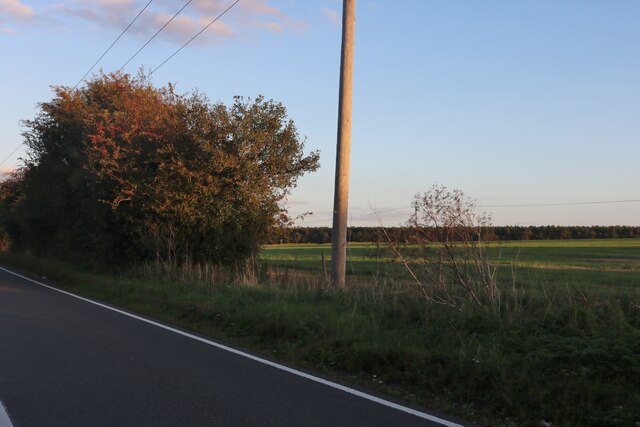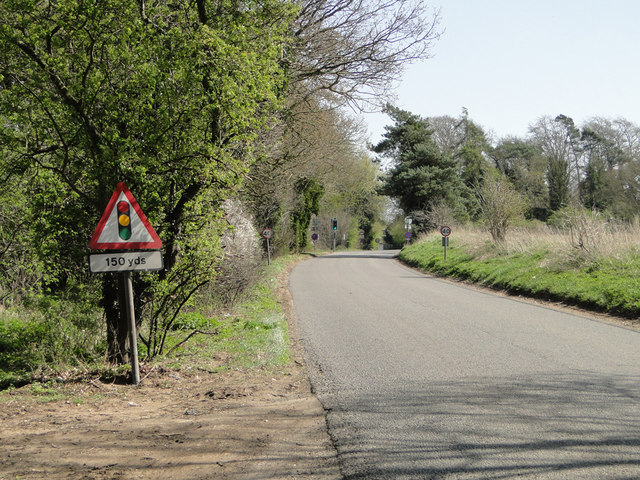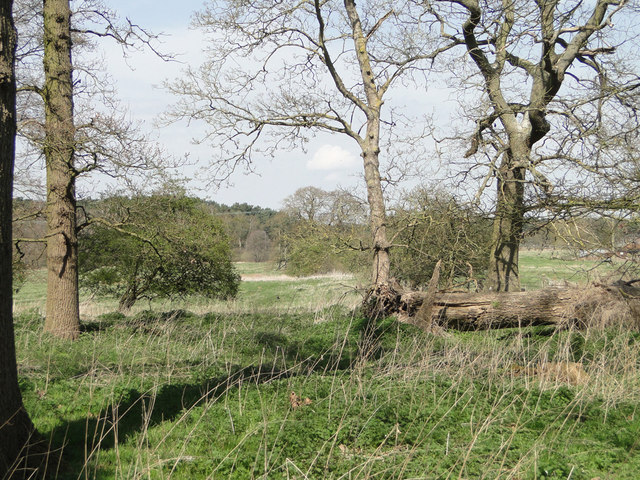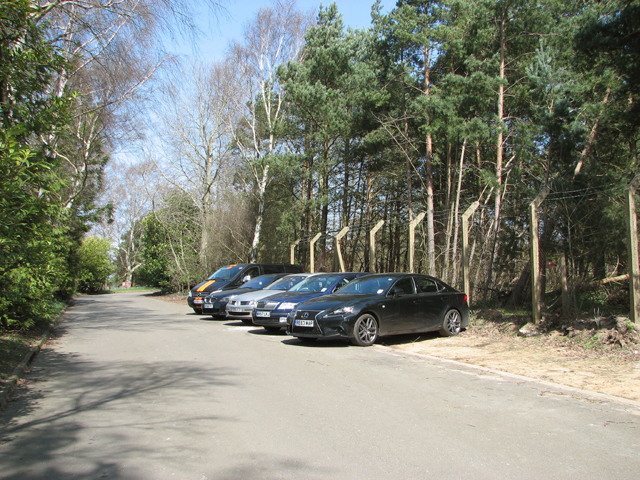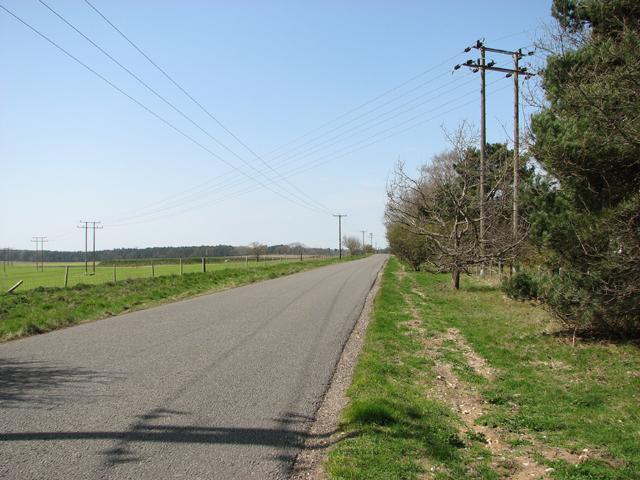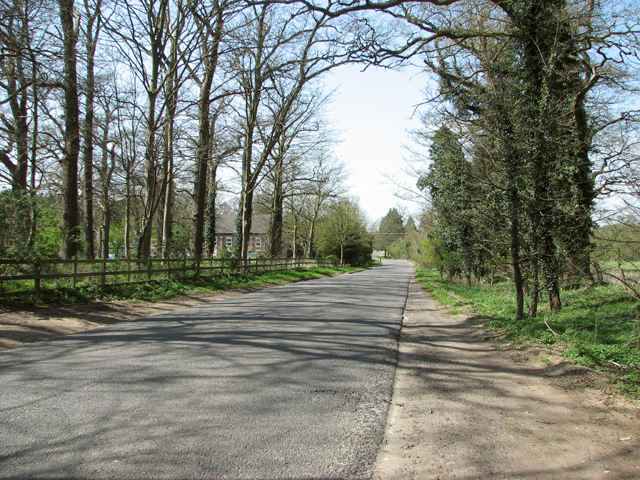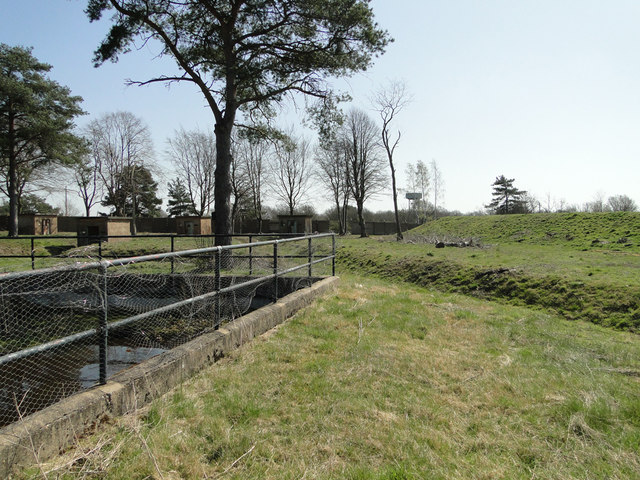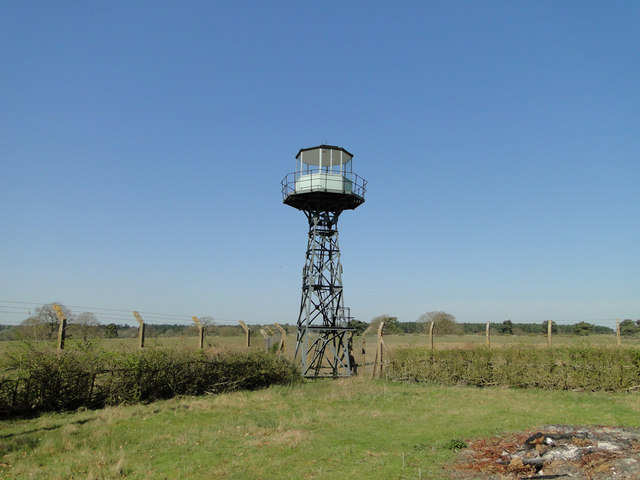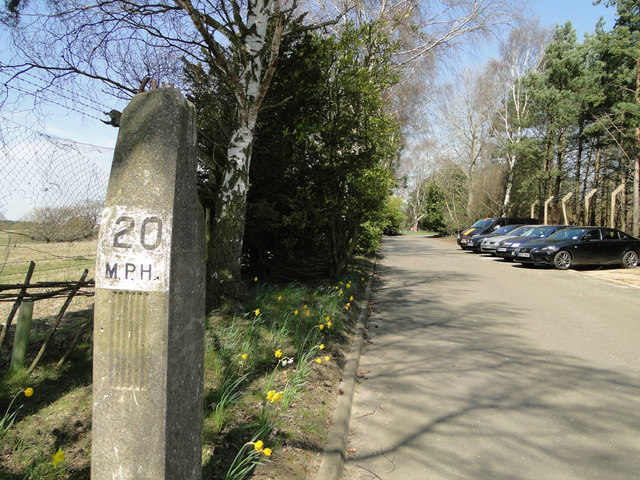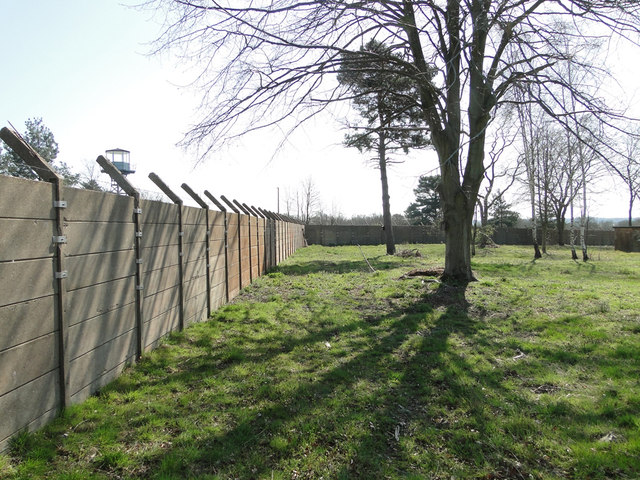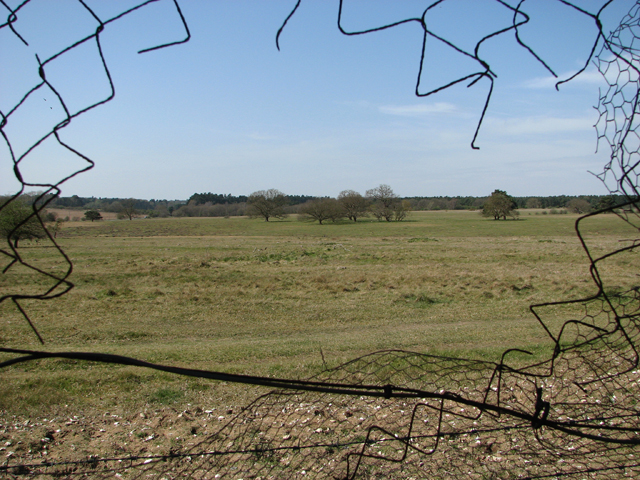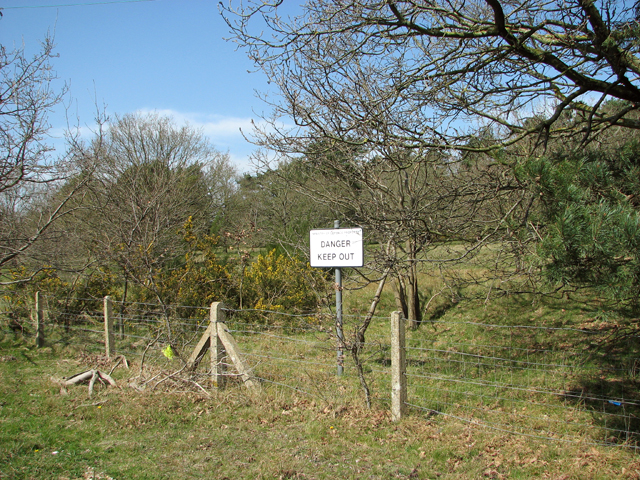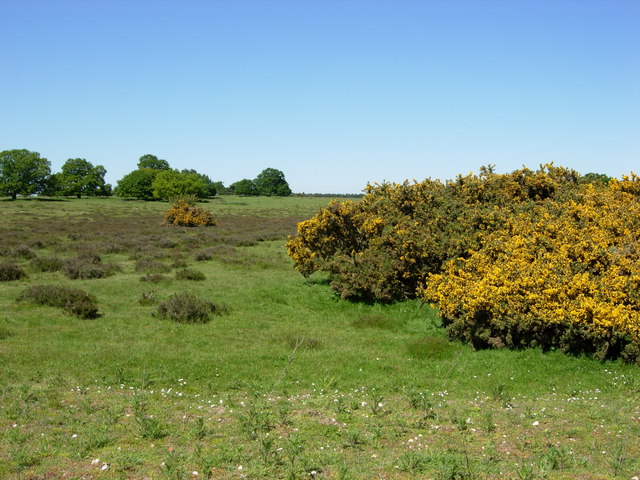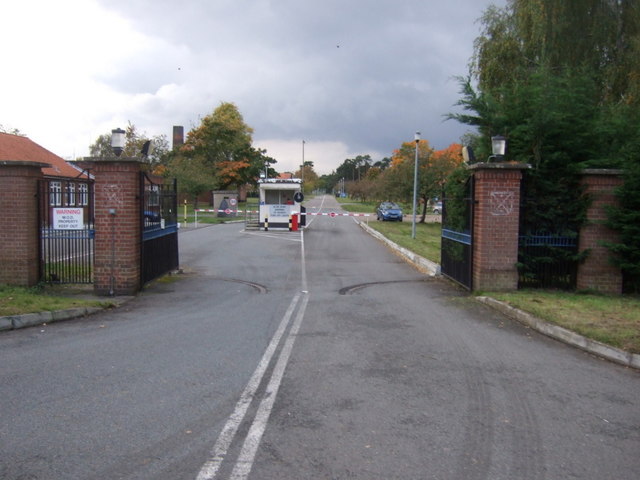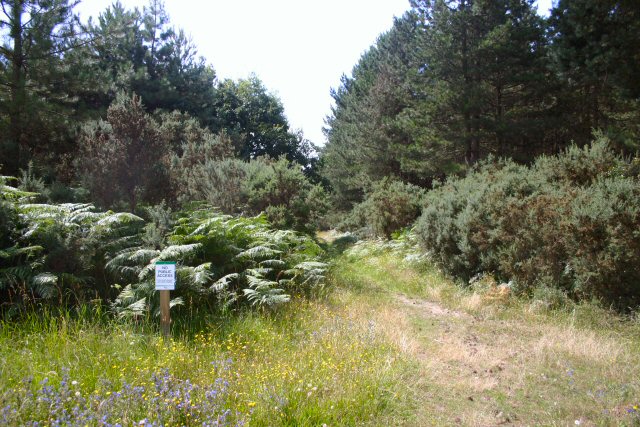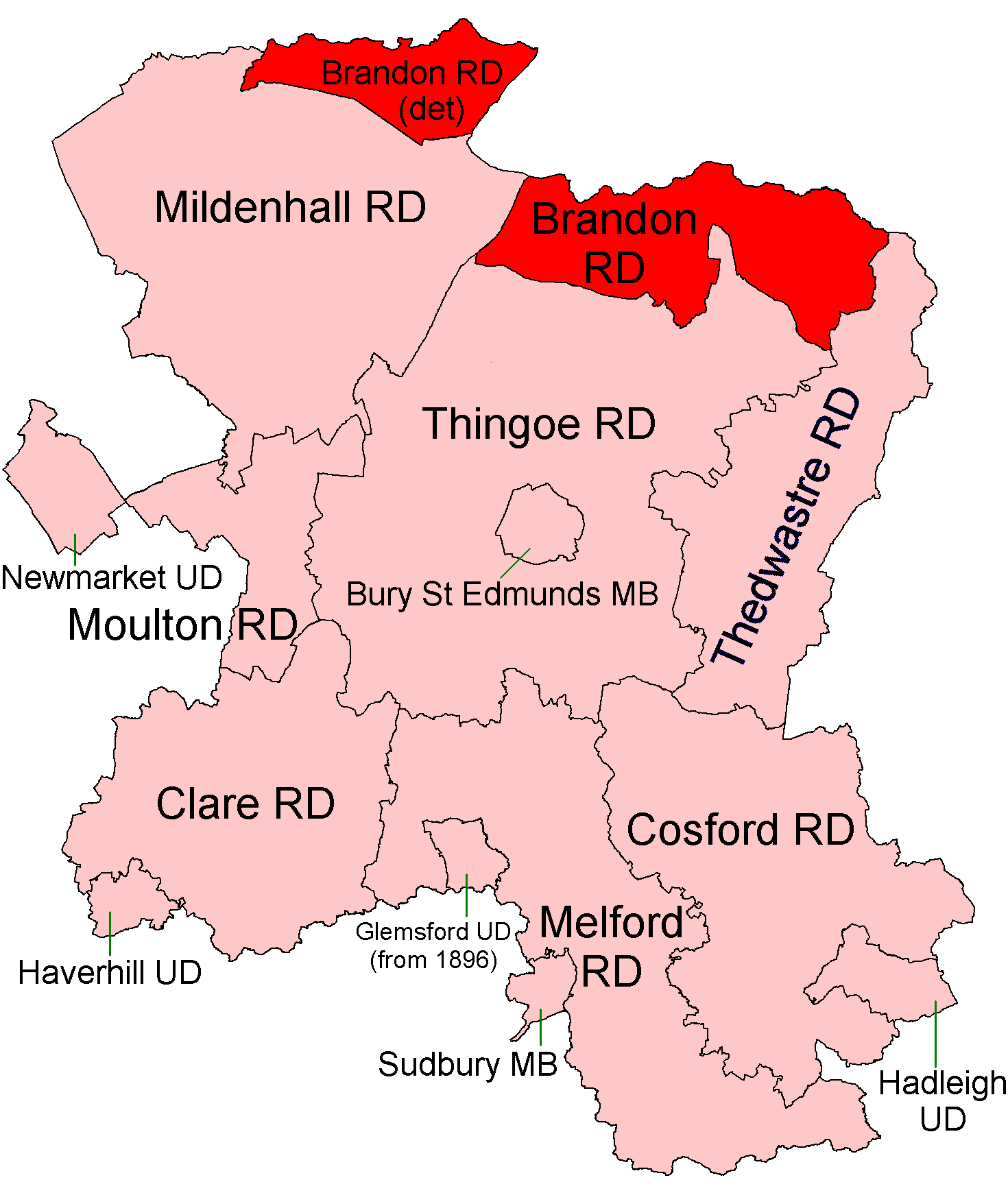Aughton Spinney
Wood, Forest in Suffolk West Suffolk
England
Aughton Spinney
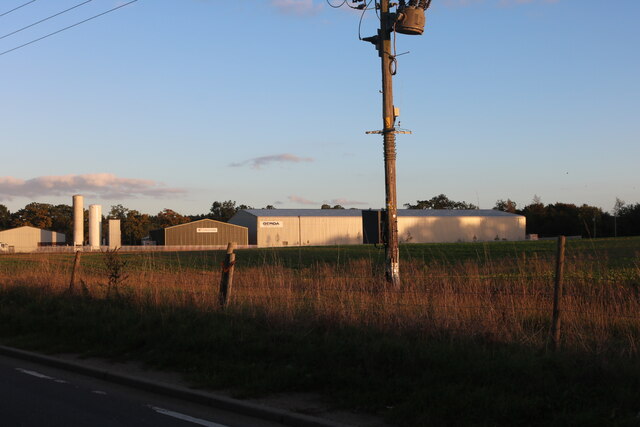
Aughton Spinney is a picturesque wood located in the county of Suffolk, England. It is situated in the village of Aughton, just a few miles away from the town of Woodbridge. Covering an area of approximately 50 acres, Aughton Spinney is a small but enchanting forest that attracts nature enthusiasts and walkers alike.
The wood is characterized by a diverse range of trees, including oak, beech, and ash, which create a dense and leafy canopy overhead. This provides a cool and shaded environment, perfect for those seeking respite from the summer sun. The forest floor is adorned with a vibrant carpet of bluebells in the spring, adding a burst of color to the surroundings.
Aughton Spinney is home to a variety of wildlife, making it a haven for nature lovers. Birdwatchers can spot species such as woodpeckers, owls, and various songbirds flitting among the branches. Squirrels scurrying up and down the trees and deer grazing quietly in the undergrowth are a common sight.
There are several well-maintained footpaths that crisscross the wood, allowing visitors to explore its beauty at their own pace. These paths lead to secluded clearings and small ponds, providing peaceful spots for picnics or moments of contemplation. The wood is also intersected by a charming stream, adding to the tranquility and natural charm of the area.
Aughton Spinney, with its idyllic setting and abundant wildlife, is a hidden gem in the Suffolk countryside. It offers a serene escape from the hustle and bustle of daily life, inviting visitors to immerse themselves in the wonders of nature.
If you have any feedback on the listing, please let us know in the comments section below.
Aughton Spinney Images
Images are sourced within 2km of 52.391591/0.72083001 or Grid Reference TL8580. Thanks to Geograph Open Source API. All images are credited.
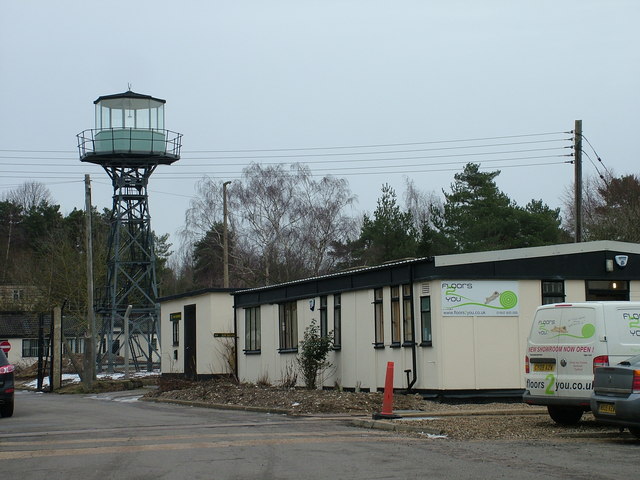
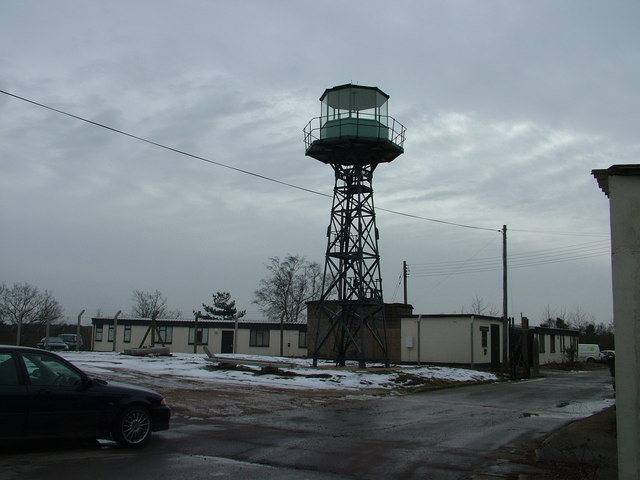
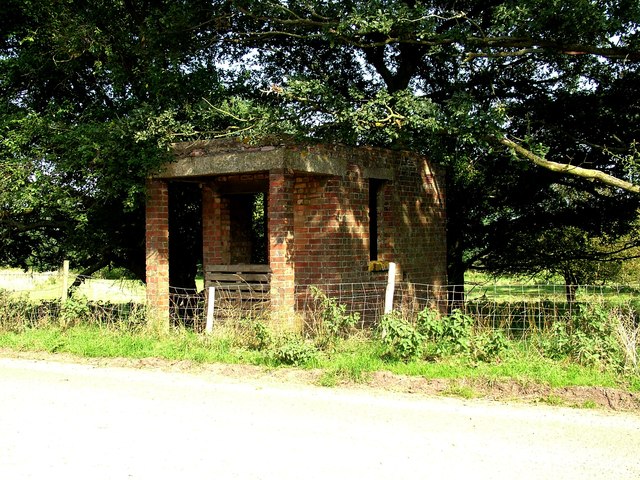
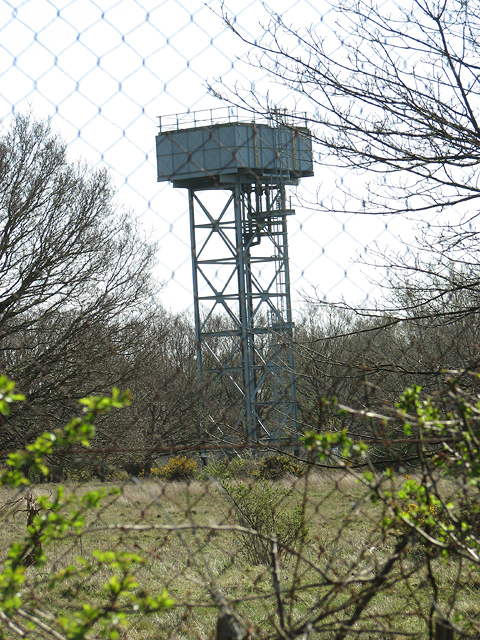
Aughton Spinney is located at Grid Ref: TL8580 (Lat: 52.391591, Lng: 0.72083001)
Administrative County: Suffolk
District: West Suffolk
Police Authority: Suffolk
What 3 Words
///engineers.panicking.incoming. Near Thetford, Norfolk
Nearby Locations
Related Wikis
Thetford Heaths
Thetford Heaths is a 270.6-hectare (669-acre) biological and geological Site of Special Scientific Interest in Suffolk. It is a Nature Conservation Review...
RAF Barnham
RAF Barnham (also called Barnham Camp) is a Royal Air Force station situated in the English county of Suffolk 2 miles (3.2 km) south of the Norfolk town...
Thetford Hoard
The Thetford Hoard (also known as the Thetford Treasure) is a hoard of Romano-British metalwork found by Arthur and Greta Brooks at Gallows Hill, near...
Barnham Cross Common
Barnham Cross Common is a 69.1-hectare (171-acre) biological Site of Special Scientific Interest on the southern outskirts of Thetford in Norfolk. It is...
Barnham railway station (Suffolk)
Barnham railway station is a former station in Barnham, Suffolk on a now closed line between Thetford and Bury St Edmunds. It was located close to the...
Breckland Forest
Breckland Forest is an 18,126 hectare biological and geological Site of Special Scientific Interest in many separate areas between Swaffham in Norfolk...
Brandon Rural District
Brandon was a rural district in Suffolk, England from 1894 to 1935. The district was created in 1894 as the Suffolk part of the Thetford rural sanitary...
Barnham Windmill, Suffolk
Barnham Mill is a tower mill at Barnham, Suffolk, England which has been converted to residential accommodation. == History == Barnham Mill was built for...
Nearby Amenities
Located within 500m of 52.391591,0.72083001Have you been to Aughton Spinney?
Leave your review of Aughton Spinney below (or comments, questions and feedback).
